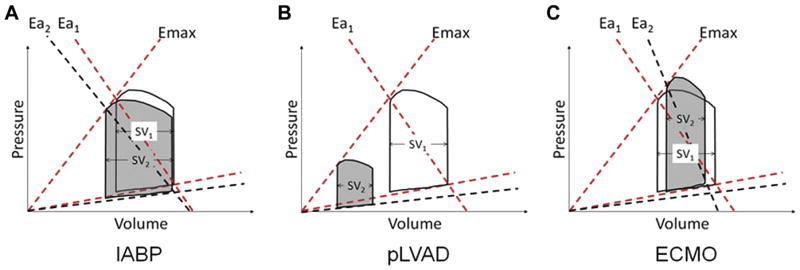Figure 2. Pressure Volume Loops of Percutaneous Mechanical Circulatory Support Devices.
Cardiac effects of mechanical support. Illustrations of pressure volume (PV) loops before (non-shaded loops) and after activation of device therapy (shaded loops). Emax is load-independent contractility, defined as the maximal slope of the end-systolic PV point under various loading conditions. (A) Intra-aortic balloon pump (IABP) counterpulsation reduces both peak LV systolic and diastolic pressures and increases LV stroke volume. The net effect is a reduced slope of arterial elastance (from Ea1 to Ea2), (B) Percutaneous LV assist devices (pLVAD: Impella and TandemHeart) significantly reduce LV pressures, LV volumes, and LV stroke volume. The net effect is a significant reduction in cardiac workload. (C) Venoarterial Extra-corporeal Membrane Oxygenation (VA-ECMO) without a LV venting strategy increases LV systolic and diastolic pressure, while reducing LV stroke volume. The net effect is an increase in arterial elastance (from Ea1 to Ea2).(Reprinted from J Card Fail; Rihal CS, Naidu SS, Givertz MM, et al: SCAI/ACC/HFSA/STS Clinical Expert Consensus Statement on the use of percutaneous mechanical circulatory support devices in cardiovascular care. 21; 499–518, 2015 with permission from Elsevier) 15
Key: Ea, arterial elastance; IABP = Intra-aortic balloon pump; ECMO = extracorporeal membrane oxygenation; pLVAD = percutaneous left ventricular assist device; SV, stroke volume.

